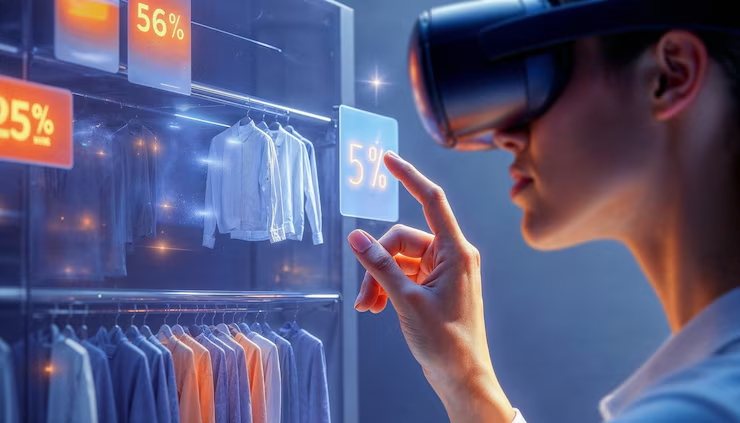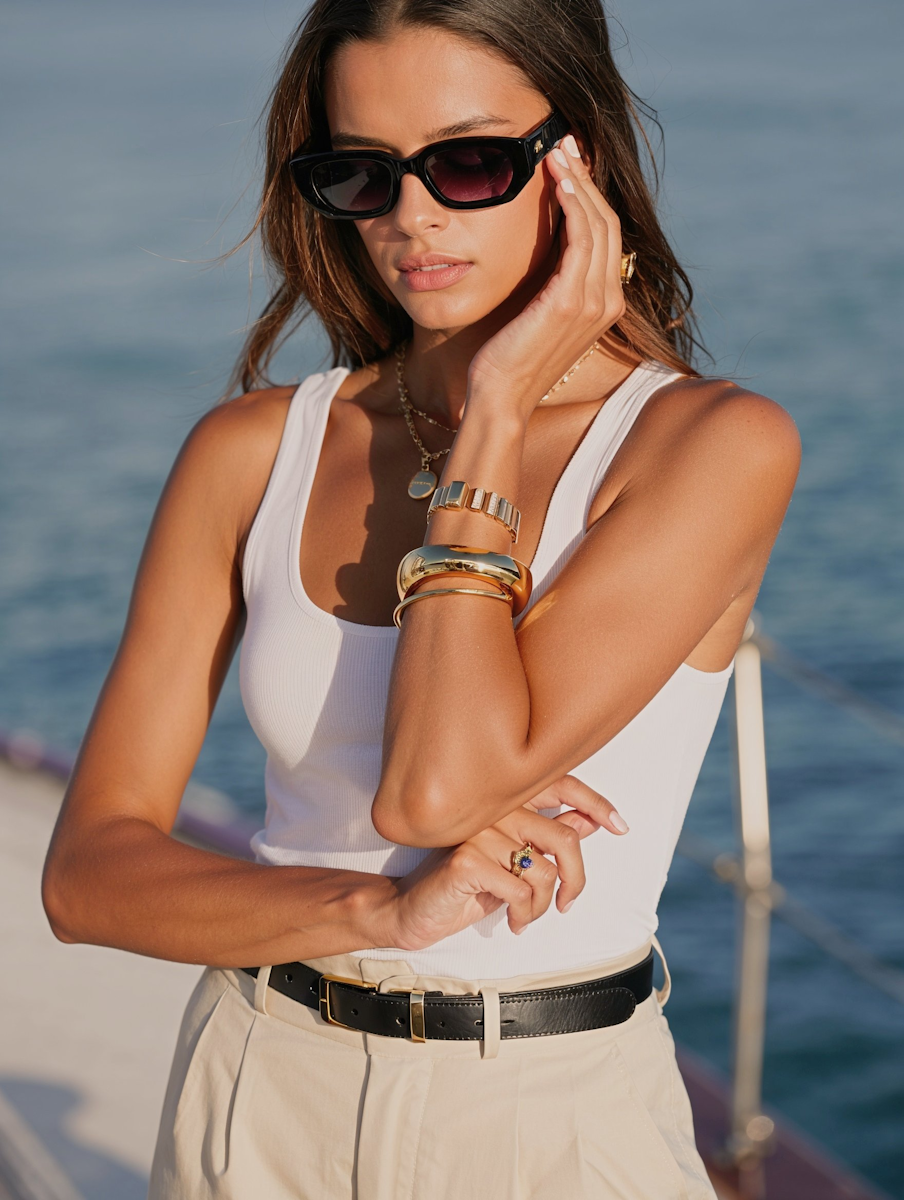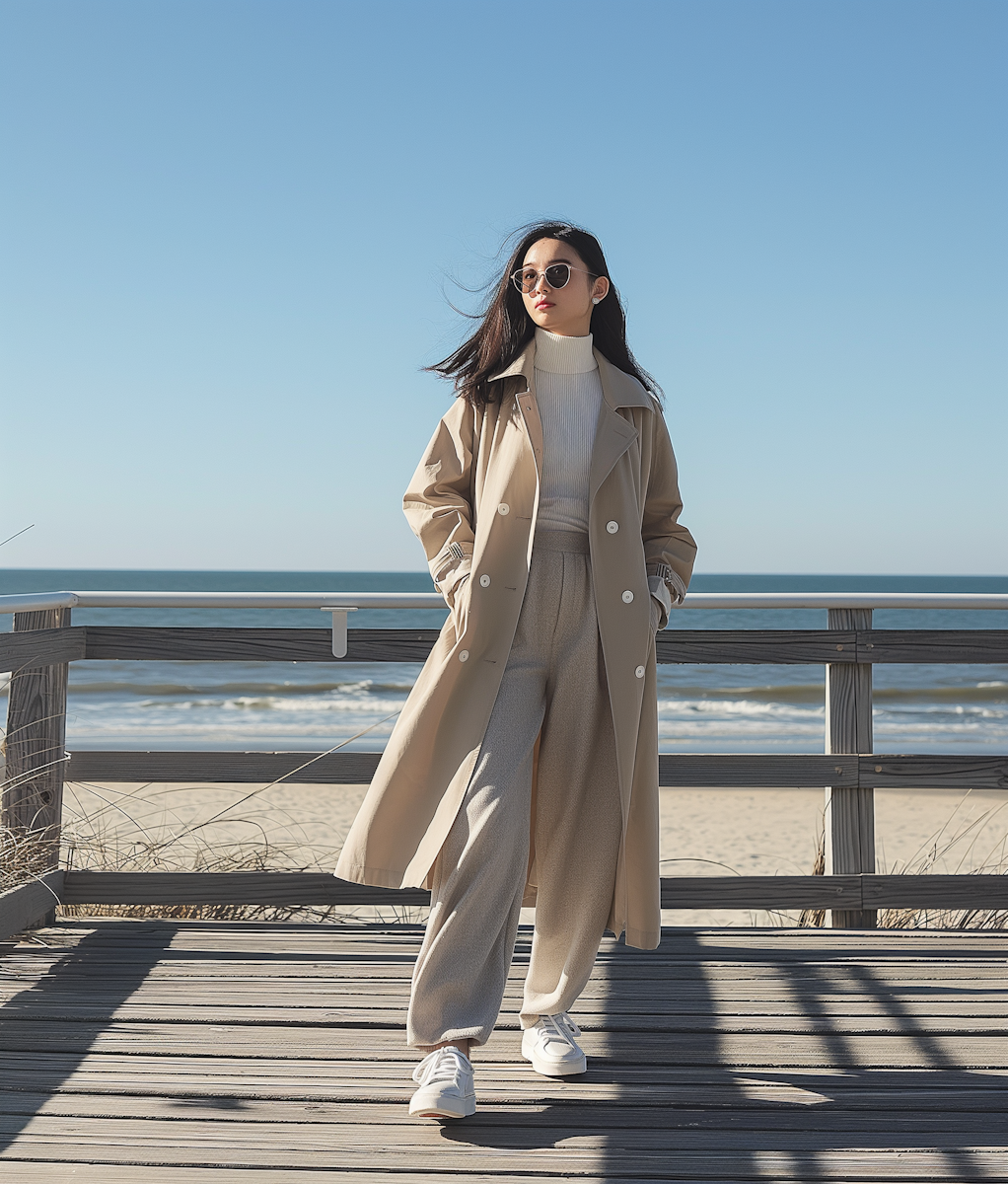Table of contents
Technology continues to redefine how we experience style, and nowhere is this more evident than in the AI and Virtual Try-Ons in Fashion revolution. From AI-powered personal shoppers to virtual dressing rooms, fashion is evolving into a smart, immersive experience that blends innovation with individuality.
In this post, we explore how AI and Virtual Try-Ons in Fashion are transforming the shopping landscape for brands and consumers alike.
🧠 What Is AI in Fashion?
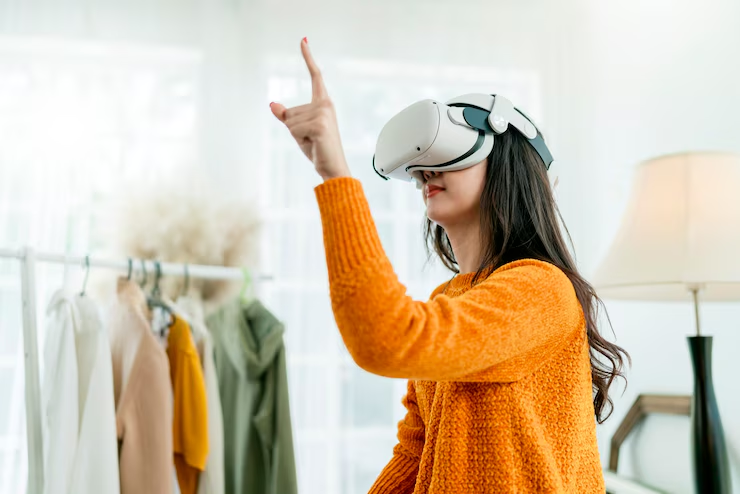
Artificial intelligence (AI) in fashion refers to the integration of machine learning, data analytics, and smart algorithms to enhance every aspect of the fashion industry—from design to customer service. Retailers use AI to predict trends, manage inventory, and offer personalized shopping experiences.
One of the standout applications of AI today is virtual try-on technology, which lets customers digitally preview clothing or accessories on themselves before buying.
🛍️ How Virtual Try-Ons Work
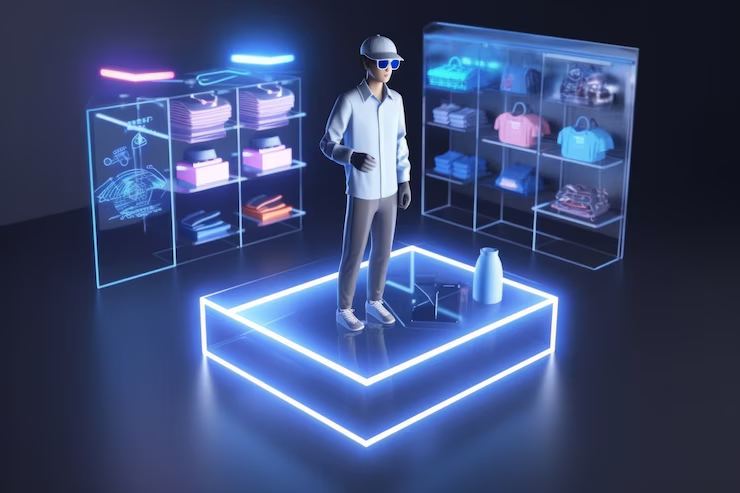
AI and Virtual Try-Ons in Fashion depend on advanced image processing and augmented reality (AR). These systems create a realistic 3D overlay of clothes on your live or uploaded image using facial/body recognition. Some platforms even simulate fabric movement to make the try-on experience feel real.
Consumers can now try on sunglasses, shoes, dresses, and even makeup from the comfort of their homes—no fitting rooms needed.
🔄 Benefits for Consumers and Retailers
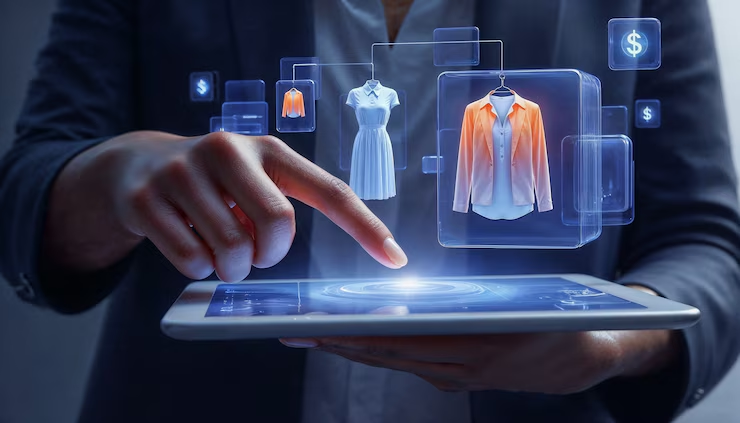
For Consumers:
- Convenience: Try on items at home with a smartphone or computer.
- Confidence: Helps reduce guesswork, especially for fit and style.
- Inclusivity: See how items look on different body types or skin tones.
For Retailers:
- Reduced Returns: Better fit accuracy leads to fewer returns.
- Higher Engagement: Interactive experiences boost online traffic and sales.
- Valuable Insights: AI collects data on what styles are most interacted with.
💡 Real-Life Examples
Several fashion giants are already using AI and Virtual Try-Ons in Fashion:
- Zara and H&M use AI for trend forecasting and smart mirrors in stores.
- Nike uses AR to help customers find the right shoe size.
- Sephora and L’Oréal offer virtual makeup try-ons via mobile apps.
- Amazon’s “Made for You” creates custom t-shirts using your body measurements and virtual previews.
These examples show how AI is improving both digital and in-store experiences while helping brands innovate faster.
🚀 Future of AI in Fashion
We’re only scratching the surface of what’s possible with AI and Virtual Try-Ons in Fashion. Soon, we might see fully immersive virtual boutiques powered by the metaverse or AI-generated clothing based on your mood and calendar.
As data and personalization tools advance, expect fashion to become smarter, faster, and more tailored to individual needs.
FAQ: AI and Virtual Try-Ons in Fashion
They’re increasingly accurate, especially with advanced body scanning and AI. However, they may not always perfectly reflect fabric texture or fit on all body types.
Usually not. Most virtual try-on tools work with a smartphone camera or webcam and don’t require extra hardware.
Most major brands prioritize privacy, but always read the data policies. Images and measurements are usually processed anonymously.
Yes! Many stores now offer smart mirrors or AR-enabled kiosks for in-store virtual try-ons.
Not entirely. While AI can recommend looks based on trends and data, human stylists still add emotional intelligence and personal flair to fashion advice.

